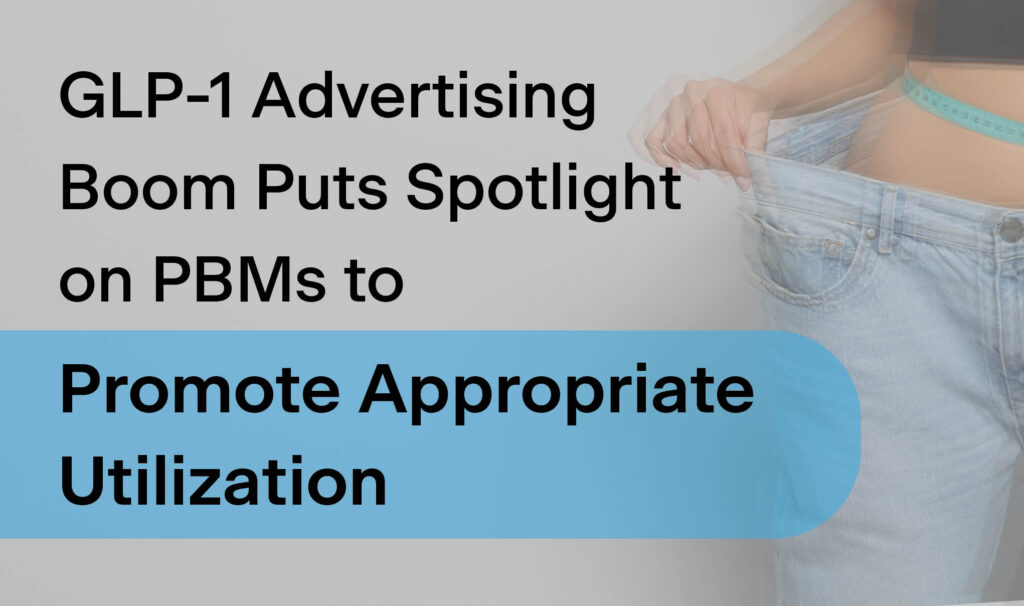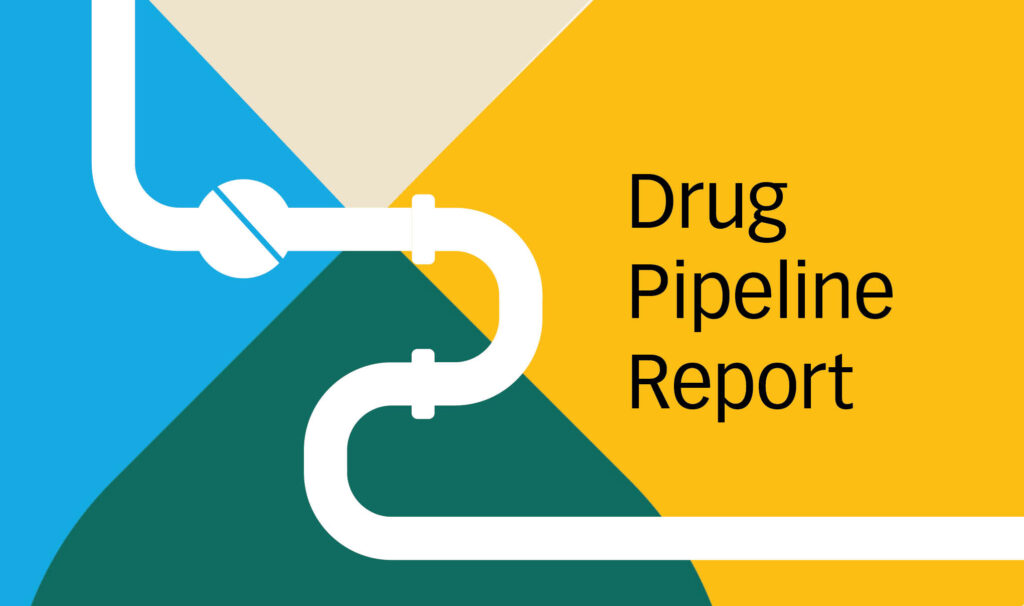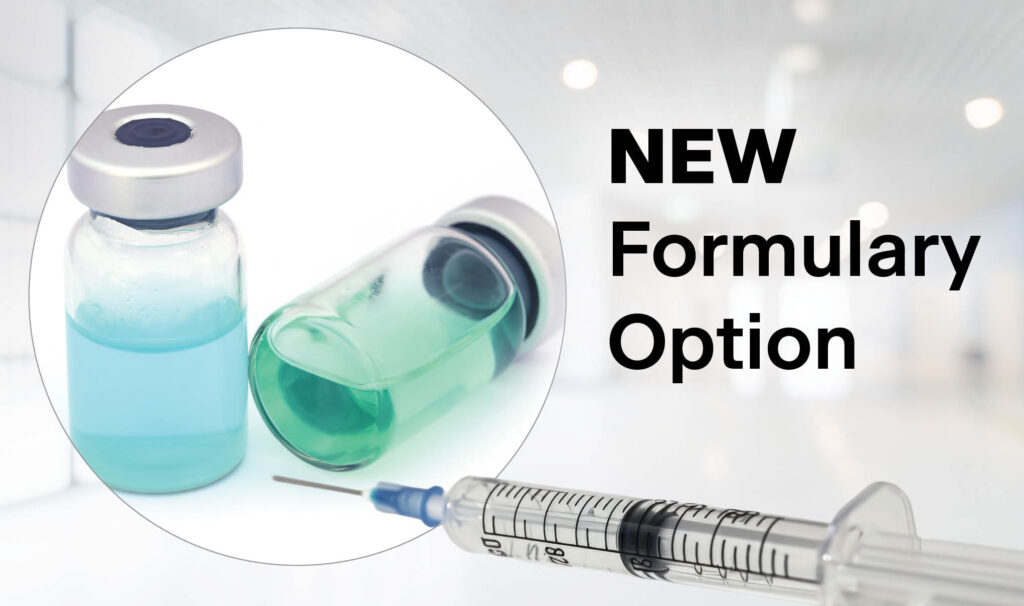News/Blogs
GLP-1 Advertising Boom Puts Spotlight on PBMs to Promote Appropriate Utilization
Pharmaceutical direct-to-consumer advertising (DTCA) is a controversial practice banned in most countries but allowed in the United States and New Zealand. In the US, spending on DTCA has grown significantly, reaching $9.6 billion in 2016. This makes it the most common type of health communication the public encounters. While DTCA may increase doctor visits, discussions with physicians, and treatment compliance, it has also been associated with drug-related misperceptions, overtreatment, and inappropriate prescribing.1
GLP-1 Promotional Campaigns

Recent promotional campaigns for medications like the diabetes drug Ozempic exemplify this trend. Industry reports indicate that year-over-year ad spending for diabetes and weight loss drugs grew by 21% in the first half of 2023.2 Among the most heavily marketed medications were the GLP-1s Ozempic, Rybelsus, and Wegovy. Analysts note celebrity attention has boosted demand for these drugs, though resulting shortages have led their manufacturer, Novo Nordisk, to scale back some marketing activities. Still, experts observe the popularity of leading brands can positively impact spending on competitors in the same therapy area.
Critics argue aggressive direct-to-consumer advertising may encourage inappropriate prescribing and higher costs. Supporters counter that it raises disease awareness and diagnosis rates. As intermediaries in the pharmaceutical supply chain, pharmacy benefit managers (PBMs) must consider how advertising may drive suboptimal utilization based on consumer demand rather than clinical evidence on safety and efficacy. While research shows modest exposure can improve guideline-recommended prescribing, extensive marketing enables companies to solidify branding power and maintain higher prices.
What Can PBMs Do?
Through formulary management and utilization criteria, PBMs can help steer product use toward those with proven real-world effectiveness. With spending projections expecting continued sharp increases, PBMs have an important role to play in shaping prescription patterns more aligned with medical evidence (including trial data, treatment guidelines, medical best practices, etc.) and comparative research rather than drug maker promotional agendas.
References
- Niederdeppe, J., Avery, R. J., Liu, J., Mann, C., Sood, N., & Eisenberg, M. D. (2023, August). Is exposure to pharmaceutical direct-to-consumer advertising for heart disease and diabetes associated with physical activity and dietary behavior?. Science Direct. https://www.sciencedirect.com/science/article/pii/S0277953623004197
- Adams, B. (2023, September 29). As Novo Nordisk boosts Wegovy, Ozempic AD spend, analysis finds “a rising tide lifts all boats” for diabetes, weight-loss drugs. Fierce Pharma. https://www.fiercepharma.com/marketing/novo-nordisk-boosts-wegovy-ozempic-ad-spend-analysis-finds-rising-tide-lifts-all-boats
About Serve You Rx
Serve You Rx is a full-service pharmacy benefit manager (PBM) with unquestionable flexibility and an unwavering commitment to doing what’s best for its clients. With a fervent focus on those it serves, including insurance brokers, consultants, third-party administrators, and their clients, Serve You Rx delivers exceptional service and tailored, cost-effective benefit solutions. Independent and privately held for over 37 years, Serve You Rx can implement new groups in 30 days or less and say “yes” to a wide variety of viable solutions. Known for its adaptability, quality, and client-centricity, Serve You Rx aims to be a benchmark for better client service.



